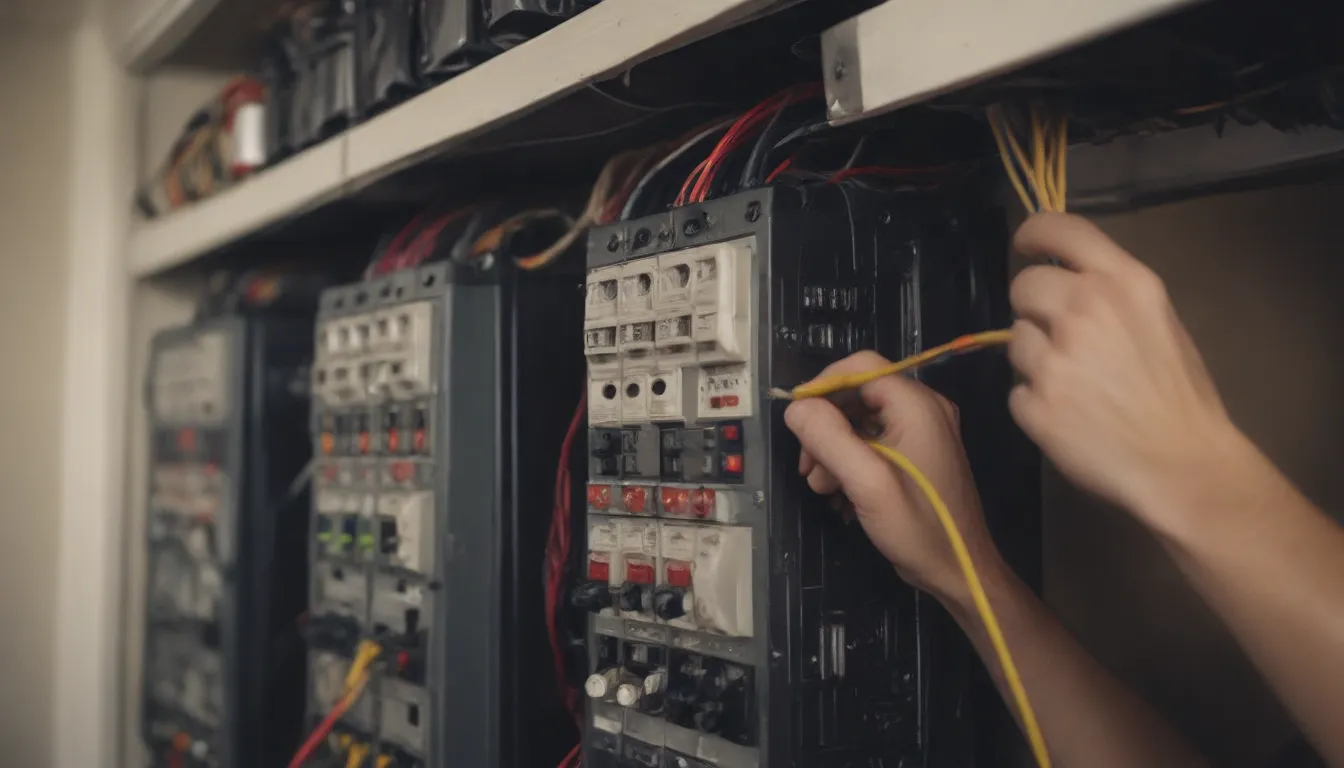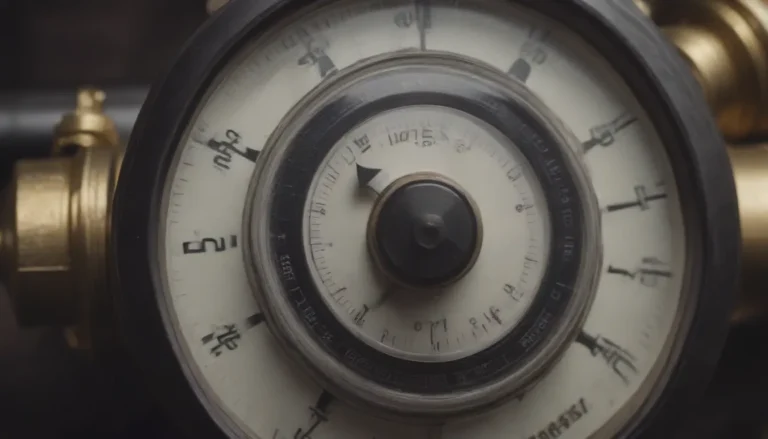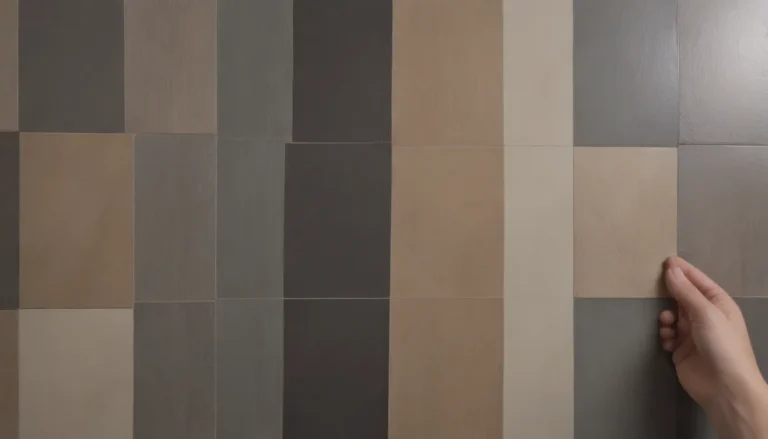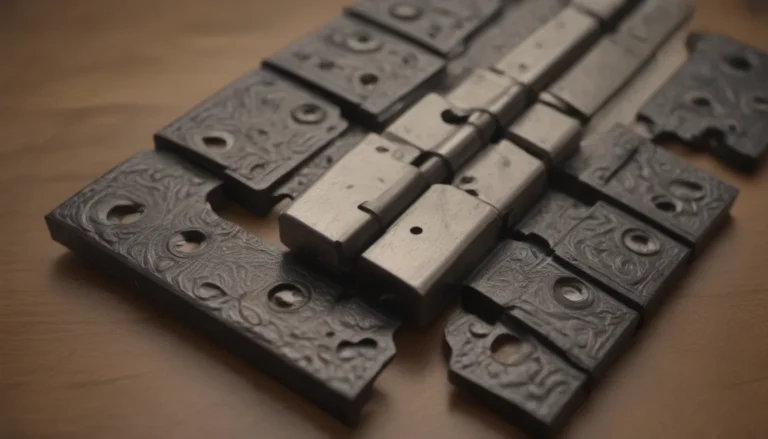A Comprehensive Guide to Residential Electrical Service Drops

Residential electrical service drops are a crucial component of your home’s electrical system, yet they often go unnoticed until an issue arises. In this article, we will delve into what residential electrical service drops are, how they function, and what you need to know about them to ensure the safety and efficiency of your home’s electrical supply.
Understanding Residential Electrical Service Drops
An electrical service drop is the set of electrical cables that connect your home to the electric utility company’s power pole. These cables are responsible for transmitting electricity from the utility company to your home, making them an essential link in your home’s electrical system. Without a service drop, your home would be left without power.
The service drop typically consists of three cables: two insulated hot cables, each carrying 120 volts of electricity, and a third neutral conductor that provides support for the entire service drop. In the event of a downed service drop, it is crucial to avoid contact with the cables as they carry enough electricity to power an entire house.
Key Functions of an Electrical Service Drop
- Transmission of Electricity: All electricity entering your home passes through the service drop.
- Power Supply: In the event of a service drop outage, your home will be left without power.
- Connection Point: The service drop connects your home to the electric utility company’s power source.
Residential Electrical Service Drops vs. Buried Power Lines
While overhead service drops have been the traditional choice for many homes, recent construction trends are leaning towards underground service lines. Underground lines, also known as service laterals, offer several advantages such as protection from weather elements and enhanced safety. However, they come with a higher installation and maintenance cost compared to overhead service drops.
Components of a Residential Electrical Service Drop
A residential electrical service drop comprises several key components that work together to ensure the safe and efficient transmission of electricity to your home. Understanding these components is essential for maintaining the integrity of your home’s electrical system.
Electrical Cables
Three insulated cables (live, neutral, and ground) run from the power pole to the house, providing 200 amp electrical service in most homes.
Strain Relief Cable
The electrical cables are supported by a strain relief cable, which helps alleviate strain on the attachment points and ensures the cables are securely in place.
Service Head
The service drop connects to a service head, also known as a service mast or masthead, which consists of a rigid steel conduit topped with a weatherhead to protect against the elements. The service head connects to the home’s meter base.
Service Point
An additional set of service cables runs from the service panel to the service head, connecting to the service drop cables at the service point, marking the boundary between the utility company’s property and the homeowner’s property.
Drip Loop
Near the service point, the service cables form a downward loop known as the drip loop, which prevents water from running down the cables and into the service head.
Service Drop Height Requirements
To ensure the safety and compliance of residential electrical service drops, specific height requirements must be met. These requirements vary based on the location of the service drop and are typically dictated by local building codes and the National Electrical Code (NEC). Adhering to these height requirements is crucial for preventing accidents and ensuring the proper functioning of the service drop.
- Minimum Height Above Grade: 12 feet
- Minimum Height Above Pedestrian Access Areas: 10 feet
- Minimum Height Above Swimming Pools: 22-1/2 feet
- Minimum Height Above Public Roads: 18 feet
Residential Electrical Service Drop Repairs
While homeowners may be permitted to perform certain electrical work within their homes, working on the utility’s service drop is strictly prohibited. The service drop belongs to the utility company, and only they have the authority to shut off power to the cables. In the event of a service drop issue, it is essential to contact your utility company for assistance.
- Never Attempt DIY Repairs: Any issues with the service drop should be addressed by the utility company.
- Safety First: Avoid contact with downed service drops and always prioritize safety when dealing with electrical components.
In conclusion, understanding the role and components of a residential electrical service drop is essential for maintaining the safety and functionality of your home’s electrical system. By following safety guidelines and seeking professional assistance when needed, you can ensure the efficient operation of your residential electrical service drop. Remember, safety always comes first when dealing with electrical components.





